You've probably heard of retinol while researching the best ways to care for your skin. It's a super effective chemical that can work wonders for your skin. However, being a powerful topical serum, it's crucial to understand how to use it properly to maximize its benefits.

What is Retinol?
Retinol, a derivative of vitamin A, is a powerful ingredient known for its anti-aging properties. It promotes cell turnover, stimulates collagen production, and helps to even out skin tone. Whether you're dealing with fine lines, wrinkles, or acne scars, incorporating retinol into your skincare routine can make a significant difference.
Benefits of Retinol?
Reduces Fine Lines and Wrinkles: Retinol stimulates collagen production, which helps to reduce the appearance of fine lines and wrinkles. As we age, our skin's collagen production slows down, leading to the development of fine lines and wrinkles. By incorporating retinol into your skincare routine, you can effectively stimulate collagen production, resulting in smoother, younger-looking skin.
Evens Out Skin Tone: Another significant benefit of retinol is its ability to even out skin tone. It helps to fade dark spots, hyperpigmentation, and acne scars, resulting in a more even complexion. Whether you're dealing with sun damage, age spots, or acne scars, adding retinol into your skincare routine can help you achieve a more radiant and uniform skin tone.
Improves Skin Texture: Regular use of retinol can result in smoother, softer skin with a more refined texture. By promoting cell turnover, it can help to remove dead skin cells, revealing fresher, healthier skin underneath.
Prevents Acne Breakouts: In addition to its anti-aging benefits, retinol is also effective in preventing acne breakouts by helping to keep pores clear by preventing the buildup of dead skin cells and reducing inflammation.

How to Use Retinol Effectively?
Start slowly by using retinol 1-2 times per week to allow your skin to adjust, then gradually increase the frequency as your skin becomes more tolerant. Apply retinol to clean, dry skin at night after cleansing and patting it dry. Use a pea-sized amount of retinol for your entire face, avoiding the eye area, and be sure to apply it evenly. Follow with a moisturizer after the retinol has fully absorbed to prevent dryness. Remember to use sunscreen during the day, as retinol can increase sun sensitivity. Results from retinol may take several weeks to become noticeable, so be patient and consistent with your use.
Tips for Using Retinol?
Avoid using retinol with other harsh ingredients, such as benzoyl peroxide or alpha hydroxy acids, as they can cause irritation. If you experience dryness or irritation, use a gentle, hydrating moisturizer to soothe the skin. For those with sensitive skin, consider using a retinol alternative, such as bakuchiol, which provides similar benefits with less risk of irritation. If you have concerns or are unsure about using retinol, consult with a dermatologist to determine the best course of action for your skin.
Congratulations! You are now equipped with the knowledge to make the most out of retinol in your skincare routine. By incorporating this powerhouse ingredient, you're on your way to achieving the radiant, youthful skin you've always dreamed of. Remember, start slow, be patient, and always follow up with sunscreen during the day.


